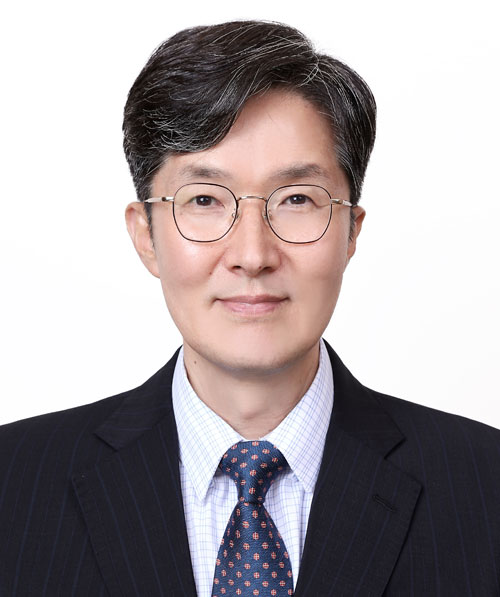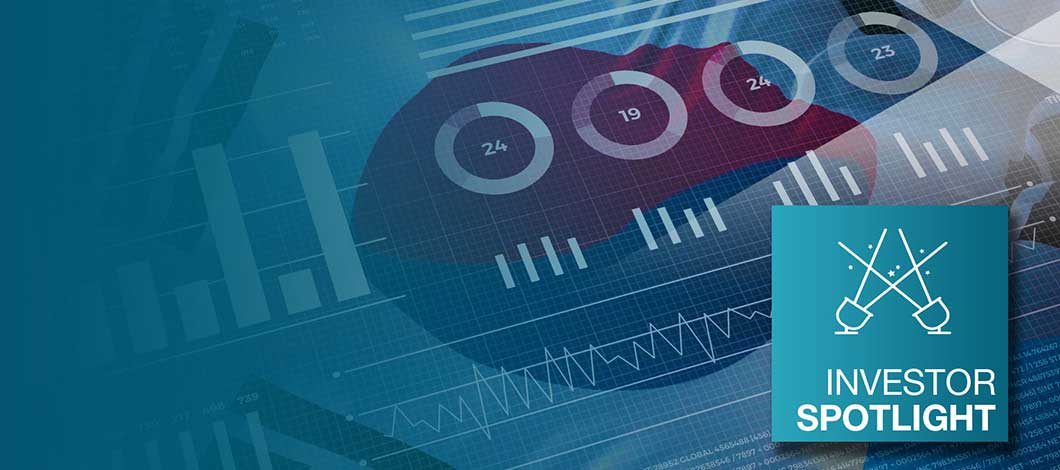Pension fund CIOs often enter their roles wanting to be agents of change, bringing new strategies and new perspectives to their institutions. Such ambitions can prove over-optimistic, thanks to a combination of institutional stasis, board scepticism, resource limitations and more. Sometimes, however, the evolution that they usher in can be dramatic.
 Dong-hun Jang
Dong-hun Jang Chief Investment Officer, Korea Public Officials Benefits Association (POBA)
Five years ago, POBA was a US$7 billion fund with 75% of its assets invested onshore. Today it’s a rising star of the global asset owner landscape, with a highly diversified US$13 billion portfolio including a 60% allocation to alternative investments, doing joint ventures with the likes of CalSTRS. Investor Spotlight recently sat down with Dong-hun Jang, the former asset-manager-turned-regulator who recently reached his five-year anniversary as POBA’s investment chief.
Jang’s premise was simple: serious changes were needed for the fund to succeed in beating its “challenging” target: absolute returns of 4-5% every year for the long-term. “We are responsible for 300,000 members and their families; I think of it as being responsible for a million people,” says Jang, whose dedication to his mission is evident in every syllable. Delivering for these stakeholders has meant becoming less vulnerable to the swings of the Korean equity market, more internationally oriented and more diversified, with an emphasis on building cashflow-generating alternative investments.
Q: What’s your investment objective / target?
Our objective is simple: to generate an absolute return of 4-5% on an annual basis, delivering returns for our members which are adjusted each year [most recently the figure was 3.55%]. This return target is quite challenging to deliver every year, which is why we can’t rely on traditional portfolio of public equities and fixed income securities. We need cashflow-generating alternative investments. Over the last four years we’ve beaten the return target and are expecting do so again this year – marking the first time that POBA will have achieved its return target for five years in a row during its fifty-year history. We are now less exposed to the volatility in the domestic Korean equity market.
Q: Tell us about the evolution of POBA’s private markets portfolio since you joined.
There has been a great deal of change in the alternative investment portfolio, which has increased from 45% of assets to 60% in the last five years. Previously our alternative investments were heavily tilted to real estate and very focused on the Korean market, with a lot of domestic single project investments (nearly half of the alternatives portfolio) and limited opportunities for the team to develop further expertise.
We’ve shifted towards doing more indirect investments, focusing on selecting external advisors or managers that have expertise in their asset class. Blind pooled fund commitments, previously 30-40% of our alternatives portfolio, now represent 60%. While the old alternatives portfolio was essentially equity-only, I was keen to start using mezzanine and debt strategies: these now make up 30% of our alternatives portfolio. We’ve also very actively increased infrastructure exposure, which has gone from 1-2% of total fund assets to around 10%. More than half of our alternative investments are now international – we passed the 50% mark last year, and indeed this year we passed the point where more than 50% of total fund assets are invested overseas (we expect to pass the 50% mark in public equities within a couple of years).
Q: When you took the CIO role and wanted to make changes (more alternatives, different strategies, overseas investment etc), what were the challenges you faced?
The first and main challenge was really a psychological one – the fear of investing in new areas, not knowing the overseas market. But the fact is that the Korean market is too small to generate the returns that we’re looking for with a decent risk profile. I encouraged my colleagues towards this change. Of course we are not experts in every asset class and every market, but we can pick really good GPs. We don’t have the expertise to select the right projects, but we are able to select the right managers.
After I joined POBA I started attending global conferences, meeting and communicating with asset owners, trying to learn from their experience, reading a lot of research material from international GPs, keeping track of world markets. I’ve also been keen to encourage my colleagues in this direction – delivering information to them, telling them what other investors are doing, encouraging them to attend conferences and meet people.
Being outward-focused and open to overseas innovation has always been a priority for me. My first job in 1988 was to invest in US public equity after the Korean capital markets had liberalised; even afterwards when I focused on managing Korean equities I was still trying to read a lot of international research material, thinking about how the Korean market is affected by global events and trends.
Q: Tell us a little about your collaboration with CalSTRS on private market investments.
I suppose you could see this as being the next step in the evolution of our private market investment approach: we started with domestic direct investments, then the next step was blind pooled funds, followed by Separate Managed Accounts. CalSTRS, who we started to work with two years ago when we were both LPs with the same real estate manager, has really helped us with this next step in the US market – they’ve been our partner in SMAs with two GPs, whereby they make up 50% of the SMA and we make up 50%. Our view was that we lacked very strong investment expertise in other people’s local markets: lots of Korean institutions have invested in US GPs, some have been successful and some have been burned, so we really do value the collaborative approach. While working together we have learned a great deal from their investment perspective, their GP selection criteria and their way of thinking about costs. They’re large and well-respected – they do have the investment power to select good opportunities. All the investments we’ve done with them have been successful so far, and at a very decent cost.
Q: What’s in your mind for the future? What are the next innovations or the next asset classes you’re thinking about?
There are a few areas we’re thinking about at the moment. One is ESG: this is important to us as a public pension fund. We are trying to integrate ESG into our investment approach, although performance remains the priority and we cannot sacrifice returns significantly. Some of the new asset classes or sectors that we’re considering also have an ESG aspect: timberland and farmland, for example, is something that we looked at a few years ago but didn’t proceed with since we couldn’t find a good GP; we are now looking at again with an ESG perspective. Affordable housing (international) is another area we’re thinking about.
We are still a relatively small asset owner compared to some of our larger peers in Korea and globally. But smaller institutions can still be innovative. My aim is to make POBA a model asset owner in Korea – showing the way for our peers in some areas and being an example that other investors look towards.
We look forward to hearing about the next phase in POBA's journey, with the hunt for yield-generating private market investments proving ever-more competitive. Scroll down to read further insights from global asset owners in earlier instalments of the bfinance Investor Spotlight series.
Important Notices
This commentary is for institutional investors classified as Professional Clients as per FCA handbook rules COBS 3.5R. It does not constitute investment research, a financial promotion or a recommendation of any instrument, strategy or provider. The accuracy of information obtained from third parties has not been independently verified. Opinions not guarantees: the findings and opinions expressed herein are the intellectual property of bfinance and are subject to change; they are not intended to convey any guarantees as to the future performance of the investment products, asset classes, or capital markets discussed. The value of investments can go down as well as up.


 Français (France)
Français (France)  Deutsch (DACH)
Deutsch (DACH)  Italiano (Italia)
Italiano (Italia)  Dutch (Nederlands)
Dutch (Nederlands)  English (United States)
English (United States)  English (Canada)
English (Canada)  French (Canada)
French (Canada) 

